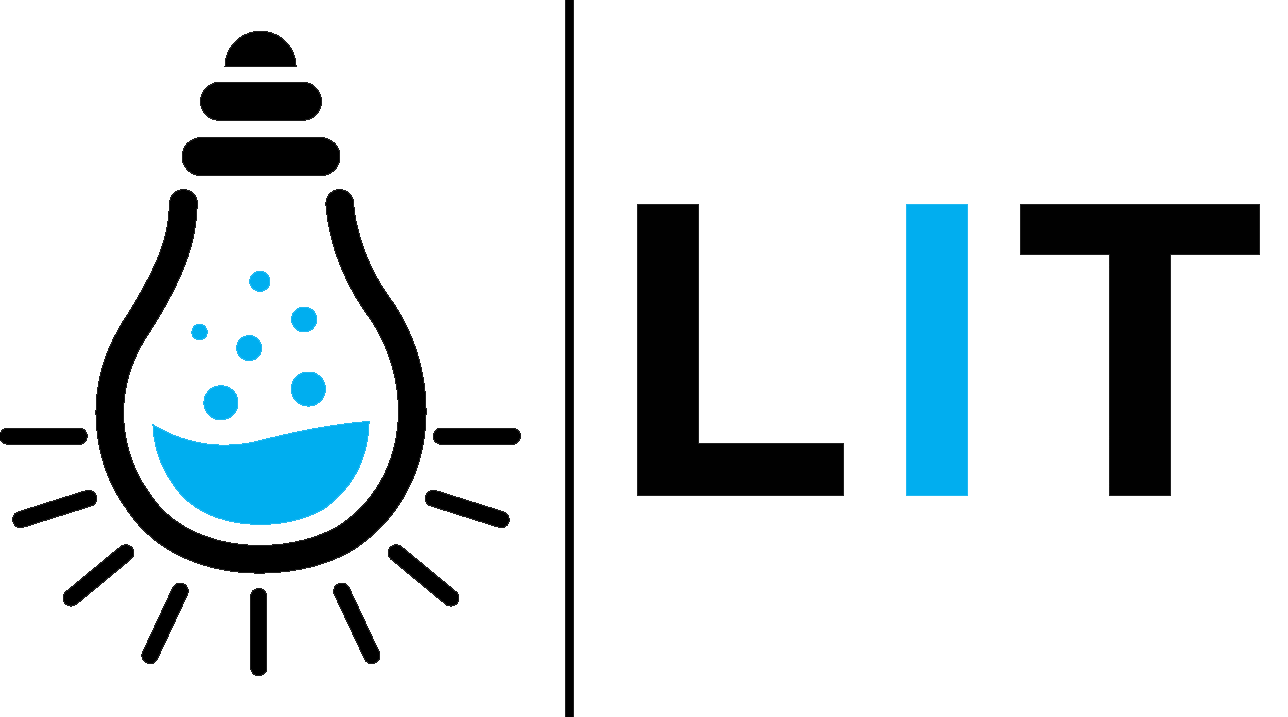LIT (Learning, Innovation and Technology) lab applies state of the art technologies to support collaborative learning in open-end learning environments that promote hands-on learning. We have four main areas of research:
- Fabrications Labs
- Augmented Reality
- Multi-Modal Learning Analytics
- Awarness Tools
Feel free to have a look at our Current Projects, and to send us an email if you are interested in Working With Us!
Fabrication Labs

One the most compelling aspects of Fabrication Labs / Makerspaces is that they integrate formal concepts in STEAM (Science, technology, engineering, arts, and mathematics) with 21st century skills (e.g., collaboration, critical thinking, creativity, communication, curiosity, to name a few). Students learn complex technical skills by working in teams; by creating their own, personalized artifacts; and by coming up with creative solutions to problems in their lives and communities. Those learning experiences can have a powerful impact on their ability to adapt to the challenges of the future and develop essential skills that are not well taught in standard curricula.
Augmented Reality in Maker Spaces

We are currently witnessing the birth of a cultural movement where everyday people tinker with STEM concepts, simply for the purpose of satisfying creativity and curiosity. This “maker movement” is powered by the wide availability of low-cost electronics and manufacturing tools, which allow amateur student makers to create interactive objects while exploring scientific phenomena. Such environments have great potential to engage people with STEM concepts and activities while empowering individuals to physically manifest their dreams. However, in these learning environments, the students’ focus is sometimes more on completing a technological project rather than comprehending scientific concepts. We believe that emerging technologies, such as Augmented Reality, have the potential to radically transform STEM education by making challenging concepts accessible to students. Many invisible phenomena are involved in maker space activities (e.g. the flow of electricity, the interaction of magnetic fields, the movement of air pressure waves, etc). It is therefore now possible to design activities where learners can visualize and interact with the hidden forces involved in their projects, such as visualizing electrons, magnetic fields, light or radio waves (to name a few), or to visualize the inner workings of physical components such as microchips and sensors. These projects explore how a new generation of maker spaces can be enhanced by augmented reality technologies, to create learning environments that enable making with understanding.
Multi-Modal Learning Analytics (MMLA)
Over the past decade, high frequency sensors (such as eye-trackers, motion sensors, wearables) have become affordable and reliable, which is opening new doors for capturing students’ behavior. Educational researchers can now collect significantly larger datasets: a sensor typically runs at 30-120Hz and collect various streams of information. The field of Multi-modal Learning Analytics (MMLA) is about exploiting this new development, namely that sensors and data mining techniques have both reached a level of maturity that allows researchers to tackle new research questions and develop new educational interventions. More specifically, the research objective of this project is to investigate whether assessing and acquiring collaborative learning skills can be transformed through new multimodal sensing technologies.

Awareness Tools
On the left: two participants collaborating on a Physics problem. On the right: what one participant would see with the gaze awarness tool (i.e., the location of the gaze of his/her partner).
While collaboration betwen students has the potential to support transformative learning experiences, teams are not always more efficient than individuals: group members need to sustain mutual understanding, manage a smooth flow of communication, gather as many solution-relevant pieces of information as possible, reach a consensus, divide tasks equally, make sure to finish the current task within the time limit, treat each other with respect, and actively engage in finding a relevant solution to the problem at hand. With so many constraints, it should not be surprising that a good collaboration is difficult to establish and maintain. One promising approach in supporting group collaboration has emerged over the last decade: Researchers have begun to design awareness tools to support productive interactions among students. Awareness tools provide additional information to a group of students about their peers (e.g., their level of expertise, extraversion, or progression toward a goal). One type of awareness tool sthat we are currenlty investigating are gaze awareness tools. Using synchronized eye-trackers, we conjecture that new technologies can facilitate collaboration by supporting the establishment of joint visual attention. In a unique application of eye-tracking technologies, we propose that their use to inform a collaborator about their partner’s gaze during a collaborative learning situation by creating a new real-time perceptual data stream overlaid on the static representation of the learning resource that they each are studying.
